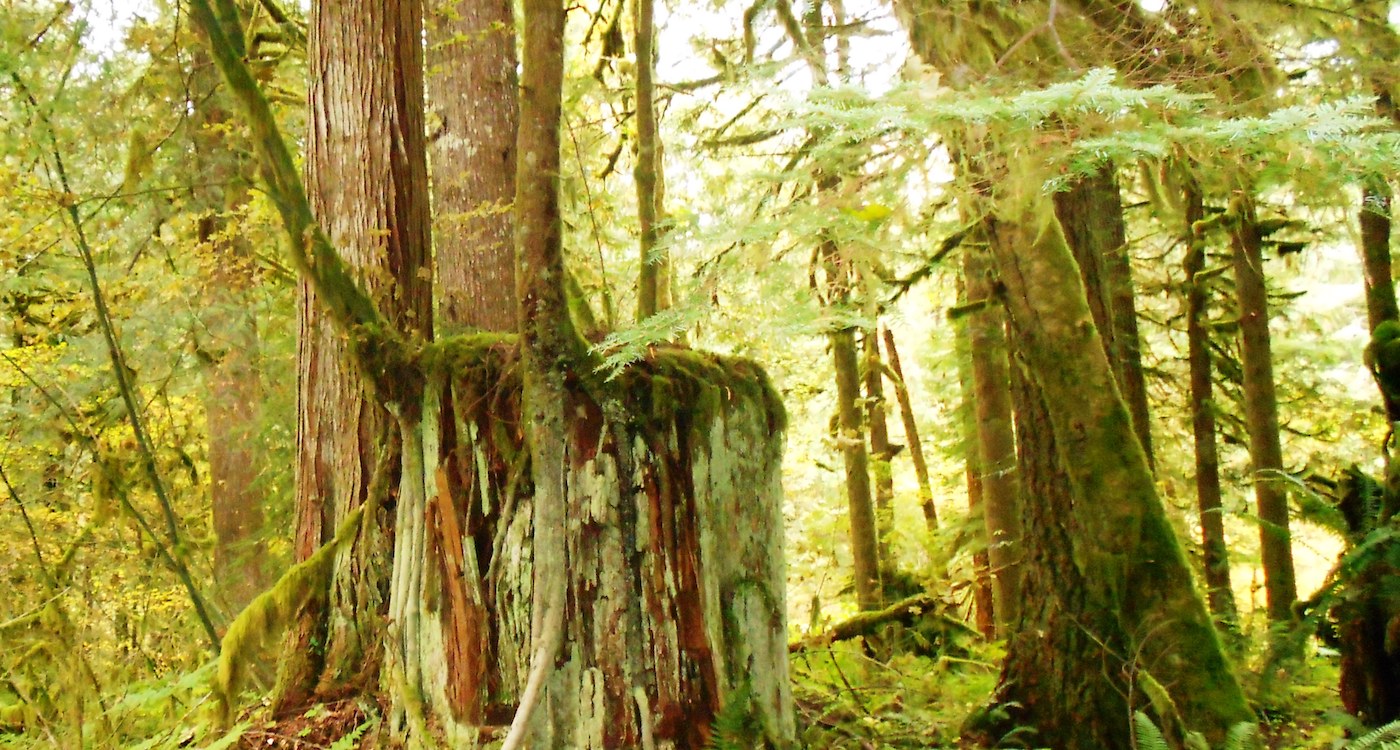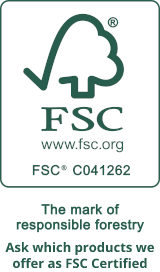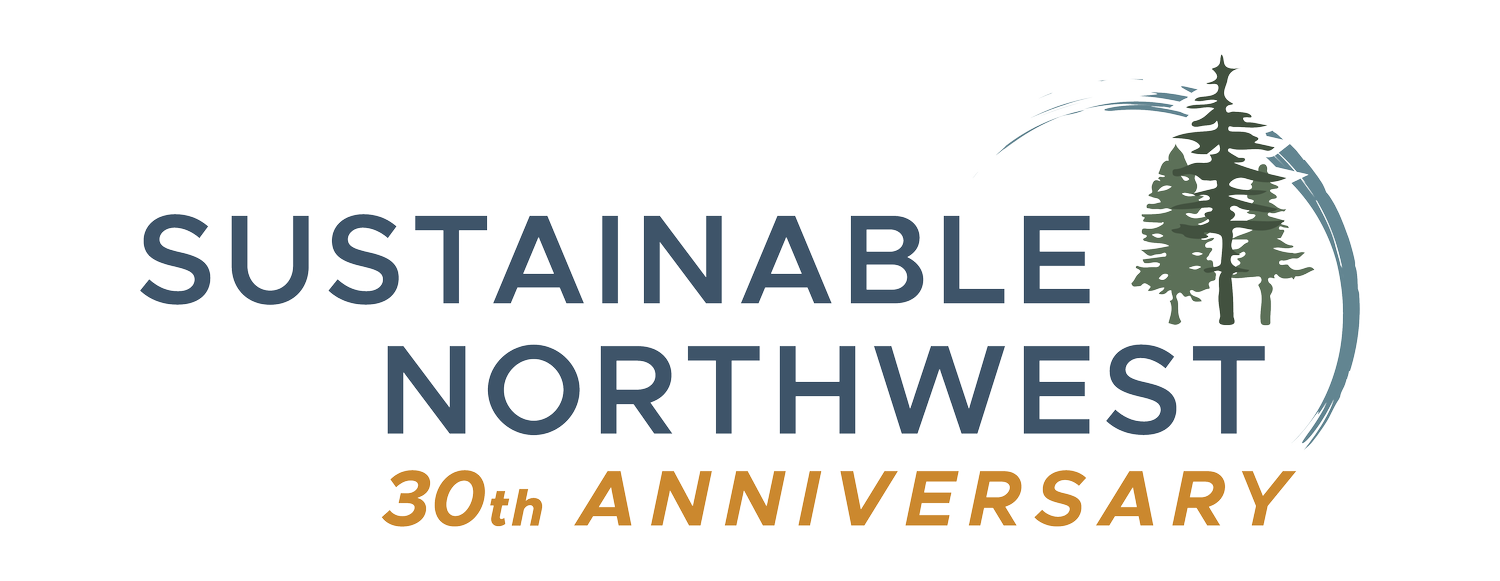Sustainability: Our Definition
In our view, sustainable forestry depends on four key criteria

With a name like Sustainable Northwest Wood, we're expected to have some solid answers for what "sustainable" means to us. We are frequently asked this question by people who wish to learn more about where their wood comes from and how to make better choices.
In our view, to be sustainable, the wood we offer must meet at least one or more of the following key criteria:
1. Regionally sourced - It is important to select building materials that require the fewest transportation miles in order to minimize the release of greenhouse gases. Regional sourcing is also important because it enables accountability: When the wood is coming from a forest or rangeland just over the mountain, the end users can verify with their own eyes that the type of forestry producing it isn't destroying an ecosystem. When the wood is coming from the other side of the planet, this level of accountability becomes challenging. All of the wood we offer is sourced from the Pacific Northwest; within a day's drive you can visit any of the forests that provide our wood. Regional sourcing also fosters sustainable economic development in the Pacific Northwest and supports the development of conservation-based jobs.
2. Restoration - Modern forestry must do more than just minimize the harm to the forests that produce our wood. We believe that in order for our forests to continue to yield sustainable quantities of high-quality, high-value wood, foresters must work to improve their ecological health. When poor forestry practices are implemented, unhealthy trees become prone to destruction from pests like the mountain pine beetle or from catastrophic fires. By working to restore the ecological health of the forest, we produce healthier, bigger trees that are more resistant to pests and fire. This is why we prefer wood from restoration projects like The Nature Conservancy's Ellsworth Preserve in Washington or Camp Adams in Molalla. This is also why we so strongly support juniper: its harvest helps restore the grassland ecosystem of the high desert.
3. Upcycled and salvaged wood - Many of our most beautiful madrone and maple logs are pulled from chip yards where they were sent to be turned into pulp. It astonishes people that such useful, valuable wood could be sent into the waste stream, but many commercial logging operations still focus nearly exclusively on softwoods like fir and pine. The hardwood logs are treated like so much by-catch: unwanted species that were just in the way. We believe that by instead creating a market for this hardwood lumber, we can reduce the demand for imported wood products while also creating a market-based incentive for land owners in our region to protect and cultivate a diversity of species on their properties.
4. Forest Stewardship Council™ - FSC® Certification is one of the best indications that the wood you're buying has been responsibly harvested. FSC is a third-party organization that carefully audits the practices of its members from the forest all the way through the retail outlet. FSC offers the most advanced forestry management of all certification agencies. The FSC properties we work with are all located in our region and often also supply wood from restoration projects.
We encourage questions and conversations about sustainable forestry and wood products. If you have questions about this topic, or if you wish to share your ideas with us, please feel free to reach out to us with your thoughts.

Project Support
Find local sustainable wood products in Portland Oregon

Our Why
We exist to promote Good Wood in the Pacific Northwest and beyond
Sustainable Northwest Wood
2701 SE 14th Ave.
Portland, OR 97202
Monday - Friday
8am to 5pm

© 2025 Sustainable Northwest Wood

Our nonprofit parent company is Sustainable Northwest